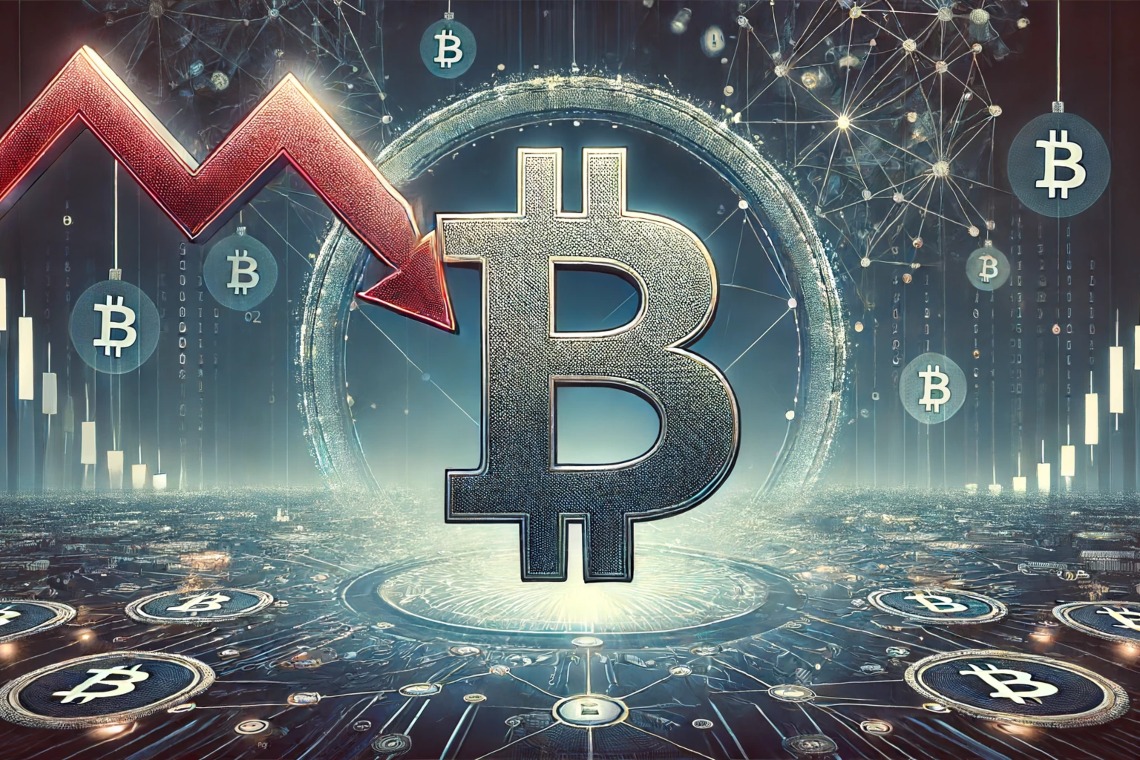Latest crypto news: Runes, the well-known protocol for generating fungible tokens on Bitcoin based on UTXO and OP_RETURN, has just reached the milestone of 2500 BTC in fees since its launch in April, coinciding with the cryptocurrency’s halving.
These numbers recorded in terms of fees, allow miners to obtain a boost on profits and to reduce the impact of the reduction of the block reward.
In the meantime, however, the latest news talks about the general activity of NFT, BRC-20, and Runes on Bitcoin which is experiencing a sharp decline, enough to trigger an on-chain divergence between the number of active addresses and the number of transactions.
Let’s see everything in detail below.
The Runes protocol generates 2,500 BTC in fees since its launch in April, but activity is decreasing
The latest news from the NFT and Bitcoin market talks about Runes, a famous protocol for the generation of fungible tokens based on unspent transaction outputs (UTXO), which yesterday reached a significant milestone.
Since its launch on April 20, 2024, coinciding with the Bitcoin halving, the Runes have collected more than 2500 BTC in fees, equivalent to over 163 million dollars, marking a period of growth for the decentralized finance sector on the main cryptographic chain.
This milestone is particularly important because it comes at a delicate historical moment for Bitcoin miners, who after the halving of block rewards and the unexciting price action of BTC must face a period of limited earnings.
We indeed remember that after the last halving the block reward dropped from 6.25 BTC to 3.125 BTC.
The advent of Runes, as well as that of NFTs with inscriptions and BRC-20 tokens, have allowed the miners of the network to have an additional income derived from the high fees recorded
In this regard, Nazar Khan, co-founder and chief operating officer of the miner TeraWulf, stated in a recent interview that:
“The Runes have significantly increased transaction fees, so if anything there was an increase in hash price in the first 24 – 30 hours [after the halving]. Since then, we have seen transaction fees decrease, but compared to the average fees of 2023, they are still quite high.”
We emphasize how in just 2 months since its launch, the Runes protocol has managed to establish itself as the dominant standard for the creation and issuance of fungible cryptographic tokens, above other similar standards, significantly outperforming NFTs and BRC-20.
Considering the distribution of transactions on the Bitcoin blockchain, we can observe how from April 20 onwards, transactions related to Runes have skyrocketed, establishing themselves in the first days of existence with a share ranging between 47% and 81%, and then maintaining overall high activity in the following weeks.
In any case, from the Dune chart it is evident how in recent days the activity has dropped drastically, going from 60% in June to the current level of 13.5%.
In this context, the Ordinals transactions with inscriptions for NFT represent just 0.5% of the total network tx, while the BTC-20 account for 3%. The regular BTC transactions make up 83.1% as of June 17, 2024.
NFT, BRC-20 e Runes: the latest news on the decline of active addresses on Bitcoin
In the midst of the recent imposition of the Runes protocol and the subsequent drop in on-chain activity, the latest news from the cryptographic company Glassnode highlight how a strong counterintuitive divergence is forming between the drop in active addresses and the increase in transaction count on the Bitcoin network.
The metric “Bitcoin: Active Address Momentum” is representative of the strong reduction in active addresses on Bitcoin in recent weeks, where the level of 653,000 daily addresses was recently reached: such a low value has not been observed since 2019.
At this moment, the Bitcoin blockchain is experiencing a situation similar to when China imposed restrictions on Bitcoin mining in mid-2021, seeing a strong decline in network activity, although driven by completely different current drivers.
In fact, at the center of the issue today we do not find stringent regulations, but rather everything that revolves around the Inscriptions NFT, BRC-20, and Runes sector.
Despite the active address metric in free fall, the daily transaction count is instead recording new all-time highs, forming a divergence with the previously analyzed declining trend.
The quantity of transactions processed by the network amounts to about 617,000 tx/day, which is 31% higher than the annual average and indicates a relatively high demand for the space of Bitcoin blocks.
If we compare the recent decline in active addresses with the share of transactions attributed to inscriptions and BRC-20 tokens, we can notice a strong correlation.
In all this, however, transactions resulting from inscriptions NFT are collapsing from mid-April onwards, since they have been replaced by the advent of Runes (which in turn are also in a strong crisis in recent days).
This suggests that the initial driver of the decline in address activity is largely due to the reduction in registration and use of Ordinals, and subsequently to a drop in enthusiasm for Runes.
It is important to remember that many wallets and protocols within this sector reuse addresses, which are not counted twice if the address is active more than once in a daily period. Therefore, if a single address generates ten transactions in a day, it would appear as one active address, but ten transactions.

